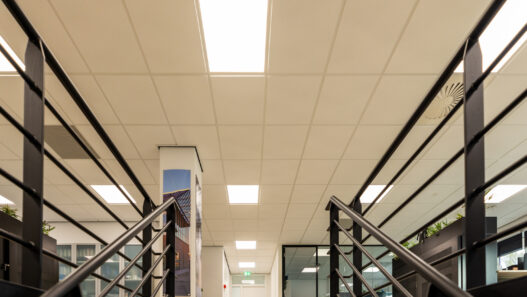Managing a commercial office building might seem complex, but with the right approach, it becomes a clear process that can significantly increase the property’s value. In this blog post, we’ll walk through the key steps of managing an office building—from purchasing the property to leasing it out and maintaining it for long-term success. Even if you don’t have a real estate background, this guide will make the process easy to understand.
Acquiring the Building
The first step in successful commercial asset management is purchasing the office building. Before buying, it’s crucial to do your homework. This involves researching the local market, checking the demand for office space, and reviewing the building’s financial potential to make sure it’s a sound investment. Once you’re sure it’s a good fit, close the deal and move forward.
After the purchase, immediately start networking with local real estate brokers. These professionals will help you market the property to potential tenants. Meeting with them early lets you introduce your project and get their attention for future leasing.
At the same time, you should begin preparing a marketing plan. This involves creating materials like brochures, online listings, and advertisements to promote your building when it’s ready for leasing.
Renovating the Property
Once you’ve bought the building, renovation is usually the next step in adding value. During the renovation process, invite brokers to tour the property and see its potential. Even if the building is still being worked on, showing them the progress will help generate early interest from their clients.
Be sure to document the renovation with photos and videos. This content will be useful for marketing the space later on, showing potential tenants the transformation and upgrades.
Marketing and Leasing
Now that your property is being renovated, it’s time to focus on leasing. Start by assembling a team of commercial real estate brokers who specialize in office spaces. They will be your key players in promoting the building and attracting the right tenants.
Advertisements are essential. Place them on high-traffic online platforms and in local media. Your ads should highlight the best features of your property, such as location, modern amenities, or flexible leasing options.
When potential tenants show interest, organize property tours. Make sure to personally attend these showings, as it’s a great opportunity to explain the benefits of your building and answer questions directly. A professional and warm greeting will leave a positive impression on potential tenants.
While giving tours, showcase all the building’s key features. If possible, set up a part of the space as a fully furnished office showroom. This helps tenants imagine how they can use the space, making it easier for them to decide if it’s the right fit for their business.
Throughout this process, stay in close contact with the brokers to ensure they stay motivated and engaged in promoting your building. Regular communication helps keep the leasing momentum going.
Finalizing Lease Agreements
Once you’ve found an interested tenant, it’s time to close the deal. Offer them an attractive lease package, which could include perks like rent-free periods or contributions toward designing their office space.
After the terms are agreed upon, prepare a Letter of Intent (LOI) that outlines the basic terms of the lease. This ensures both sides are on the same page before drafting the final lease agreement. Then, finalize the lease, ensuring that all the details are legally binding and clear for both parties.
R.B
“Strategic commercial asset management is essential for maximizing the value of value-add office buildings, transforming them from potential liabilities into profitable investments.”
Ongoing Management and Maintenance
Your job isn’t over once the building is leased. Proper management and regular maintenance are essential to keeping tenants happy and protecting the value of your building. A well-maintained office space ensures tenant satisfaction, which in turn leads to longer lease agreements and potentially higher rents in the future.
To celebrate the completion of your project, arrange a professional photoshoot and video of the finished, fully-leased building. These materials can be used for future marketing efforts and case studies.
Depending on your long-term strategy, you might choose to refinance the building or even sell it once it’s fully leased. Refinancing can help you free up capital for new investments, while selling at the right time can lock in strong profits.
Commercial asset management for office buildings doesn’t have to be overwhelming, even if you’re new to real estate. By following a clear process—from acquisition and renovation to leasing and ongoing management—you can increase the value of your building and achieve long-term success. Stay proactive, build strong relationships with brokers, and keep your property well-maintained to ensure its continued growth in value.
With these steps, you’ll be well on your way to managing a successful office building that attracts quality tenants and delivers a strong return on investment.
